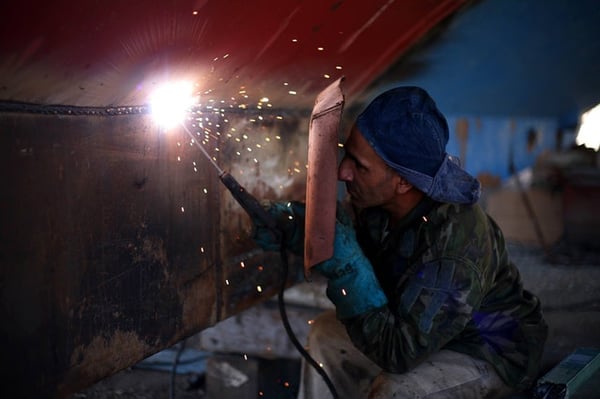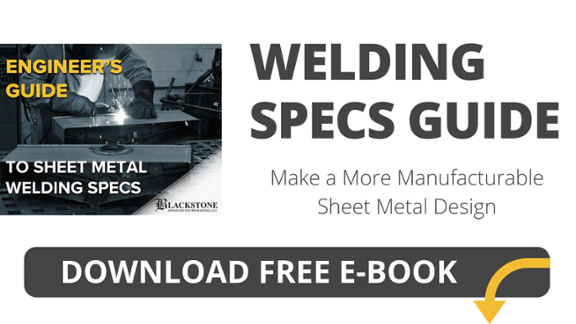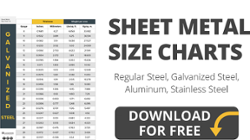 Seam welding is taking off in the sheet metal fabrication industry. Large and small shops are adopting either resistance seam welding, laser seam welding, or maybe both. And even more are seeking contract welding services.
Seam welding is taking off in the sheet metal fabrication industry. Large and small shops are adopting either resistance seam welding, laser seam welding, or maybe both. And even more are seeking contract welding services.
What's makes seam welding the star in so many sheet metal projects?
Seam Welding Design and Fabrication Services
Uses for seam welding include:
- Rectangular and round metal tubing
- Steel drums
- Fuel tanks
- Other products that call for straight or regularly curved welded seams
Seam welds are particularly adaptable in creating joints that have to be gas- or liquid-tight.
With the introduction of laser technology to the process, the uses have expanded to making products ranging from radar components to sensors and insulin pump cases.
One of the reasons seam welding is so useful in sheet metal fabrication is that it results in a joint that can be stronger than the metal from which it’s formed. This means that the end products are more durable and reliable.
How Does a Seam Weld Work?
That depends on whether the subject is resistance seam welding or laser seam welding. Although the end result is pretty much the same, the techniques differ.
A seam weld is made to join the faying surfaces of two pieces of similar metals. “Faying” refers to the surfaces that make contact at the joint.
For resistance seam welding, the process can be continuous or intermittent. In continuous mode, the machine creates overlapping spot welds, and the resulting weld is liquid- and gas-tight. In intermittent mode, a gap remains between the welds, and the seam is not liquid- or gas-tight.
How Does Your Fabricator Make a Resistance Seam Weld?
We'll get just a little technical here. Resistance seam welding requires two electrodes, usually made of copper. The sheet metal joint is formed as the metal passes between the usually disc-shaped electrodes, which produce the pressure and current to get the job done. The resulting joint is referred to as a rolling resistance weld or non-hermetic seam weld.
The durable seams formed using resistance seam welding find their place in many products. Markets that typically find uses for resistance seam welding include:
- Building and infrastructure
- Transportation
- Durable consumer products
What About a Laser Seam Weld?
Laser seam sheet metal welding is coming into its own because of the important advantages it offers, including:
- Eliminating finishing
- Eliminating filler material
- Greater joint strength, flexibility and consistency
Seam welding with a laser differs from resistance seam welding in that it’s used to make only hermetic seams. To form the welded seam, the material moves under a laser focus head. That sounds simple, but there are some important considerations to deal with before the actual welding happens.
For example, operators have to determine the proper parameters for the job at hand, including:
- Laser pulse repetition rate
- Linear part travel rate
- Spot overlap percentage
- Pulse repetition rate
- Focused spot diameter
On the plus side, knowing all this technical stuff does give fabricators an “in” to new markets, and that’s always a good thing.
For Seam Welding, the Future Looks Bright
Seam welding is promising not only for fabricators, but also for specifiers. It gives them more choices and more cost-effective ways to meet a broad range of requirements.
To learn more, talk to a fabricator about resistance and laser seam welding. For more about what should go into spot welding design, click here.
(Editor's Note: This article was originally published in August 2018 and was recently updated)



